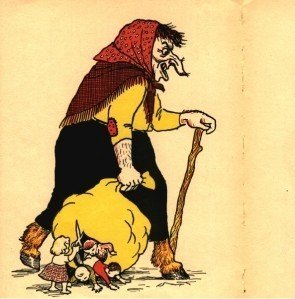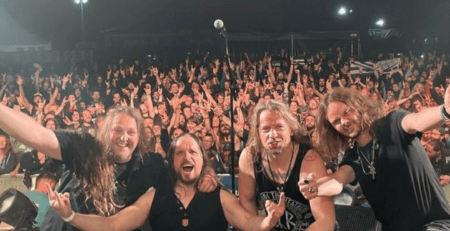
N°81 Five weird things about Yule
Nú Ninja Helga Mjöll2021-12-26T12:21:25+01:00This Nordic Art Sunday is a bit out of the ordinary. Since it is Christmas we thought we would give you 5 (kind of strange) things you might not have known about Nordic Xmas.
1- Pagan Yule
The Nordics celebrated xmas before they even became christian. It was a pagan Holiday called Yule and we still refer to it by its pagan name: Jul in Sweden, Norway, and Denmark, Jól in Iceland, and Joulu in Finland. It really is the winter solstice. The celebration of the fact that the days will now become longer. Which was important to lift the spirits and get the Nordics through the toughest time of the year. The extreme darkness and cold can have an impact on people (You can just imagine how it was before electricity!) and therefore the increase of daylight was not a small thing. It gave hope to people and solace in the many months still left of winter.


2- Santa Lucia
The Lucia day is held on the 13th of December and is a celebration of light. The darkness of Nordic winters is widely known, so it should not be a surprise to anyone that fire and light were worth worshiping. The Lucia of which the festivity takes its name, is believed to be the bearer of light. Probably St.Lucia of Syracuse, a virgin martyr that brought food to people that were hiding during the Diocletian Persecution in the 4th century. She wore a wreath on her head with candles to light her way through the Roman catacombs. But there is also another and more devilish Lucia (a.k.a. Lusse) connected to this day. She haunts children that misbehave.
Read more about that and about the Lucia celebration in the article “Lucia – The Swedish day of Saint Lucy“
3- Grýla
Iceland has 13 Santa Clauses which are called Yule lads. They all have their personality and can misbehave a bit themselves, although they are pretty harmless.
Their mother on the other hand is a nasty lady. Her name is Grýla and she is a two-horned mountain ogress with hooves instead of feet, an enormous nose, and a face covered in warts. She comes down from her mountain abode at Christmas, sneaking around towns and villages while looking for extra naughty children to cook in her cast-iron kettle. Yup, cook as in cook to eat!


4- Saunatonttu- the sauna elf
Saunas in Finland have been around for at least 10.000 years and play some part in most of their traditions, Christmas is no exception. In the afternoon of December 24th, the Finnish have a special Christmas sauna, ‘joulusauna’.
After the cleansing session, families start preparing for Christmas Eve dinner. A cup of porridge or another treat from the holiday table is brought back to the sauna as an offering for Saunatonttu, the sauna elf that is believed to protect the sauna and its visitors from fire and harmful smoke.
5- The Christmas goat
If you have ever been to Ikea around the holidays, you might have noticed that they are selling goats made out of straws. It is the Nordic Christmas goat.
Why a goat, one might ask. Well, supposedly it originates to Thor, the Norse god of thunder, and his two chariot-pulling goats. Over time, the goats of Thor morphed into devilish characters that go crazy on villages across Scandinavia and punish people whose homes weren’t clean and orderly in time for the holidays. Later, the belief of the Christmas Goat changed even more, and the animals lightened up, and started bringing Christmas gifts to children before the emergence of Santa Claus. So strong is the tradition that in Finland, Santa is still called by his pagan name Joulupukki (Yule goat).










